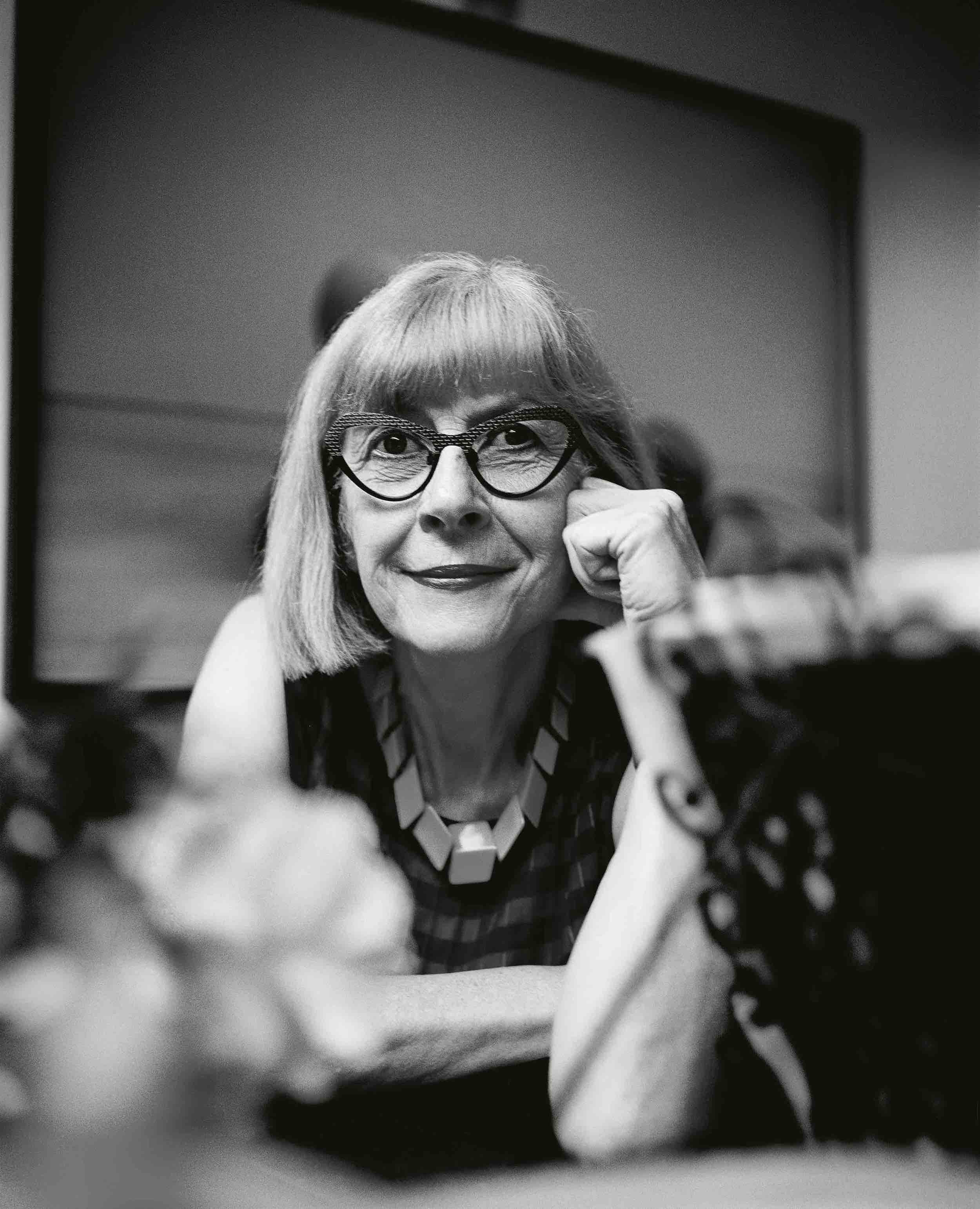Portrait by Jannell Adufo
After 16 years at the helm of The Photographers Gallery in London, expanding its exhibition programme to be more diverse and inclusive, Brett Rogers steps down at the end of this year. Here, she reflects on her life and career.
Brett Rogers OBE was born in Brisbane, Australia, in 1954. In 1980, she moved to London to study at The Courtauld. After 20 years – from 1985 to 2005 – as deputy director of visual arts at the British Council, she became director of The Photographers’ Gallery, London, the first public gallery dedicated to photography.
Under her leadership, it developed an international and inclusive exhibition programme, established youth and digital schemes, launched the outdoor Soho Photography Quarter, and has grown the reputation of the Deutsche Börse Photography Foundation Prize.
After 16 years at the helm, Rogers steps down at the end of the year.
As a teenager growing up in Australia in the 1960s, I became excited by photography through reading UK fashion magazines. Nova, with its innovative design and commitment to unmasking women’s issues; and Vogue, which celebrated the famous East End trio – Bailey, Duffy and Donovan – alongside Peter Knapp, Ronald Traeger and Saul Leiter. Their reinvention of what fashion photography could achieve led me to discover the wider field.
Working for the Australian Gallery Directors’ Council [1976–80] was an unrivalled opportunity to develop my skills in exhibition organisation and curation. I can see now how fortunate I was to also learn on the job.
I moved to London because I missed the intensity and rewards associated with academic research. When I discovered the cultural diversity and richness of this city, I simply had to stay.
I look back at my time at the British Council with great gusto. I joined at a period when what it did truly mattered. It was before the fall of the Berlin Wall, when presenting exhibitions of British art and photography in the Baltic states, Hungary, Romania, then Czechoslovakia and East Germany really counted for something and influenced lives – and perceptions of Britain.
I recall an argument we had with an ambassador who wrote to say that we couldn’t possibly show Martin Parr’s The Last Resort in his country. Picturing rubbish on New Brighton Beach was, ‘not the sort of image Britain should be promoting abroad’. But we did. We weren’t the British Tourist Authority so the photographic culture we promoted was purposely selected to represent a very broad, diverse and critically engaged response from artists.
I react strongly against the ‘uniform’ of the art world. The unrelenting black and the preference for certain designer labels. I find it hard to understand how creative people aren’t inspired to experiment with the clothes they wear every day but prefer to conform to the art world convention of dressing.
The most ambitious photographic project I undertook, which I feel will stand the test of time, was The World In London. It was shown outside, along Oxford Street and Victoria Park, during the Olympics. I commissioned 204 photographers to make a portrait of a Londoner who was born in one of the 204 countries participating in the 2012 Olympic and Paralympic Games.
One of the best ways to relax is visiting other galleries. In London, I love the way the Wellcome Collection marries science, moving image, archives and contemporary art. Since it reopened, I have enjoyed nearly everything I have seen at Pitzhanger Manor & Gallery. Further abroad, the Museum of Old and New Art in Hobart, Tasmania, is always full of surprises due to the very particular approach of its founder, David Walsh. And in Sydney I always enjoy White Rabbit, the gallery established by collector Judith Neilson to show superbly curated shows of Chinese contemporary art.
The biggest challenge for galleries today is staying afloat and remaining relevant to audiences. We are facing one of the worst times economically, which will lead to a reduction in public funding at the same time as a cost-of-living crisis. We will need to be even more mindful of our audiences’ capacity to support us – which is why at The Photographers’ Gallery, we have extended our free-entry period: 5 to 8pm every Friday.
I cannot bear the thought of not retaining my involvement in the photography world. I am working on a new way to continue contributing, while not stepping on anyone’s toes. I will need to learn new skills so I am not prepared to say exactly what it is yet. Watch this space.

